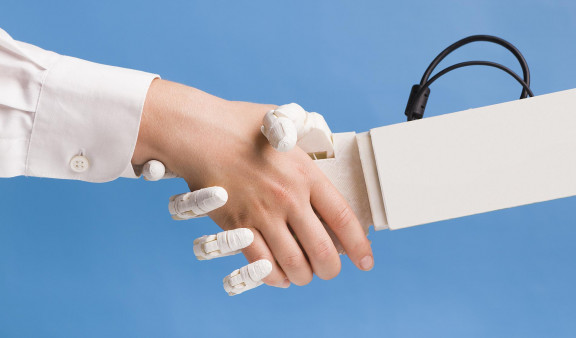
CES 2020: the best innovations?
Maxime Thubière and I were special envoys from SQLI at the CES trade show in Las Vegas this year. As a follow-up to our previous article, I'd like to relive our visit and share all our discoveries with you.
The opening of the CES: Samsung really got the ball rolling!
Day 1 featured a keynote speech by the Korean giant, which presented its Ballie. This assistant, which is no longer actually virtual as it takes the form of a ball which follows you around, can look out of the window to see what the weather's like, activate the vacuum cleaner if it sees something that needs cleaning up, keep an eye on the house and the family, or even check your yoga poses (!)...other applications still remain to be seen, and it is somewhat surprising that Samsung didn't mention home control applications (lights, smart plugs, roller shutters…).
In the realm of?smart home technology, Samsung presented its smart fridge which can look at what's in it, suggest recipes and… then make them using its articulated arms! What we saw was the Robot Chef. Although it promises wonderful possibilities in the future, the demo only included cutting tofu and pouring sauces and dressings into a salad bowl (this did, however, involve opening a cupboard to take out some sauce, which is pretty impressive!). The demonstrator performed all the other steps in the guided recipe. The fridge even has a?"growing station"?which can grow fruit and vegetables.
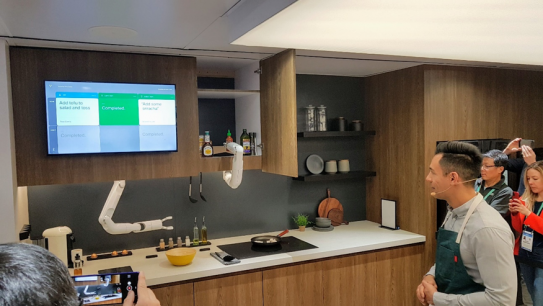
The other major trend discussed was the smart city,?including the smart building solution. The special demonstration showcased the traffic control project made possible by 5G?technology: the city communicates with vehicles and vulnerable pedestrians.
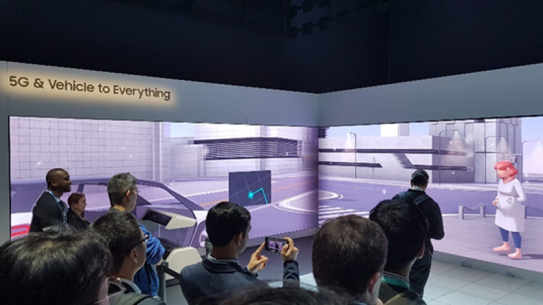
Delta Airlines takes us up, up and away
The airline has come up with lots of great innovative ideas to reduce travellers' stress, and there is already one technology which seems to show great promise: Parallel Reality. A single screen can display personalised information for several viewers at once! So we made a beeline for their stand, where we watched a live demo that was... simply breath-taking! It began in one room with a first screen on which they showed us that, as we moved from one place to another, we could see different information on the screen. This was demonstrated using a set of mirrors. We then went into another room where, after scanning the QR code of a boarding card with our name on it, the screen showed each of us our name, destination and departure gate - and it still worked as we moved around the room! We were among the first 100 people in the world to test this technology and it's undoubtedly THE innovation of CES 2020!
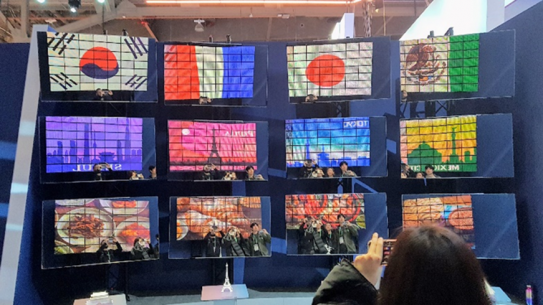
Smart or bust
There were many players who seized on the two big themes of the smart home and smart cities. Here are those that particularly caught our attention.
Smart home
Starting with French innovations, Legrand is focusing on the smart electrical panel and a smart door lock for increased security in the home.
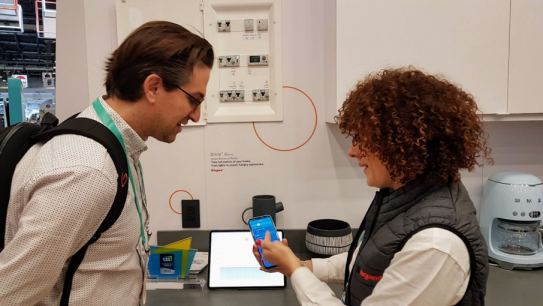
At the CareOS stand, we tried their smart mirror which can understand voice commands, recognise faces and objects, analyse skin and allow users to try products in real time, and even play the role of a coach (water-saving and fitness, among other things) … these are just a few examples of the many potential applications in the home and in retail premises. It has already scored some notable successes and established a number of partnerships (such as with Pierre Fabre)!
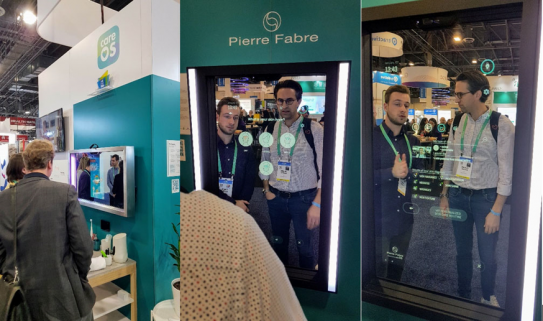
Another smart mirror, from Lululab, analyses faces and can suggest suitable cosmetic products. Google is also a dependable player in the smart home industry with its products and ecosystem of compatible partners (yes, there are some!), which rivals that of Amazon.
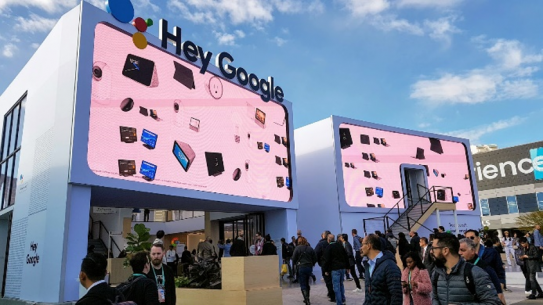
Smart cities
In addition to the Samsung project, car manufacturers are also among the leaders in this area. Toyota promoted its Woven City (mentioned in our previous article). We were equally impressed by Hyundai's hub concept which involves a heliport on the roof. Hyundai, in partnership with Uber, is also offering the UAM S-A1 personal air vehicle which will be able to land at the heliport. Autonomous shuttles dock at the hub and offer public and private transport, apartments, food trucks, wireless electric charging points or healthcare facilities... I like this hub idea because it can be integrated into an existing city. In addition, we picked out Ekin, which produces a device known as the Spotter. It includes various modules: air quality, weather conditions, speed monitoring, number plate recognition, video surveillance... along with?NoTraffic, which produces an autonomous traffic management platform.
Retail and e-commerce also in the spotlight at the CES 2020
There were also a number of innovations for retail and e-commerce players. In the French Tech pavilion, we tried one of them, Retail VR, a solution which allows users to wander around a shop in virtual reality. We tested a 3D immersive e-shopping experience?for Nespresso.
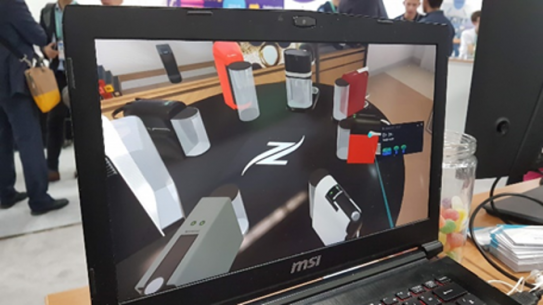
Scanblue, which creates 3D models of physical products for use in augmented reality or virtual reality, is similar to Retail VR. We then came across personalisation concepts: Aetrex, which creates 3D models of feet and uses them to produce personalised soles, and Talamoos, which makes an AI-based prediction platform that provides personalisation and recommendations (furthermore, they gave us a demonstration of their solution on an on-demand video platform similar to Netflix). Finally, Wag.travel produces a personalisation solution for optimising the conversion of visitors to travel-related e-commerce sites into buyers... This is just a selection of what we saw. We also reported on innovations in many other areas: the automotive industry, fintech, collaborative projects, green technology, multimedia and healthcare - all of which we would be happy to discuss.